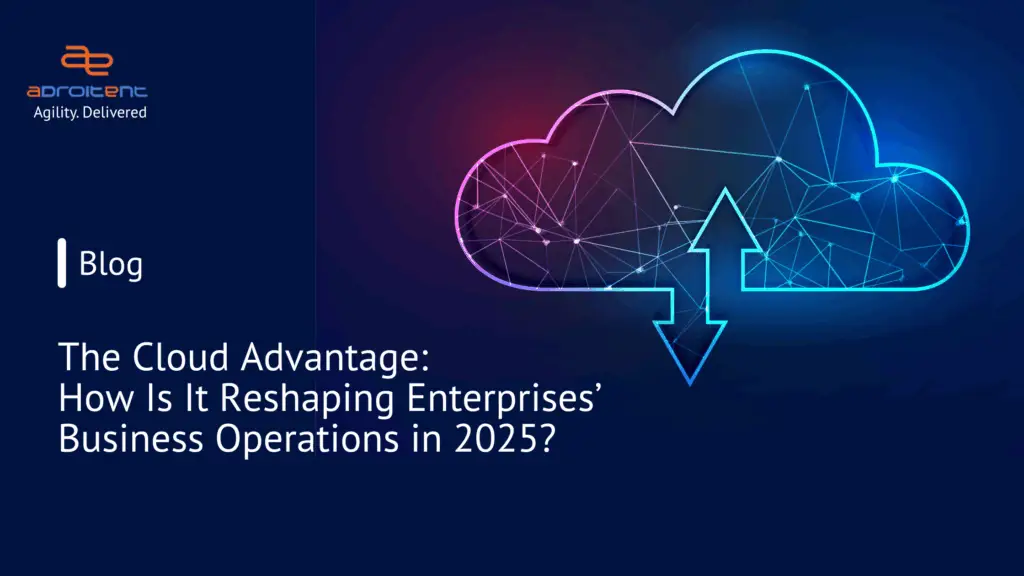Quality Engineering Services for a US Financial Software Provider
Quality Engineering Services Transformed Legal Management for a Leading US Financial Software Provider https://adroitent.ai/wp-content/uploads/2025/05/Legal_Platform_Modernization.mp4 About the Customer Our customer is a prominent provider of financial and practice management software and has been empowering law firms for over four decades. They develop software for mid-sized law firms that enhances workflow efficiency and maximizes financial performance. Business Challenge The client operated on a legacy legal management platform that, while functional, faced several critical limitations in a fast-evolving digital environment. To remain competitive and deliver greater value to their customers, modernization became imperative. Key Challenges: Outdated user experience: The existing interface, though operational, did not align with modern UX standards. This resulted in reduced user satisfaction and a weakened competitive market position. Inflexible architecture: The legacy system’s architecture hindered rapid deployment of new features and third-party integrations, which were increasingly demanded by users. Scalability and performance issues: As the client’s business expanded and data volumes surged, the platform struggled to deliver consistent performance, impacting user experience and operational reliability. High operational costs: Maintaining legacy infrastructure led to escalating expenses and inefficient, time-consuming operations, limiting the client’s agility and cost-effectiveness. Modernization Validation: The need for an independent quality assurance team to perform a thorough validation of the modernization effort. Adroitent’s Solution Adroitent collaborated closely with the customer to provide end-to-end Quality Engineering Services, ensuring the new platform met all functional and performance benchmarks. This seamless transition from a legacy system to a modern, user-friendly legal platform not only enhanced the user experience but also reinforced the customer’s competitive edge. Leveraging a rigorous testing methodology, strategic automation, and a collaborative delivery approach, we ensured the platform maintained the reliability their users depended on while elevating overall performance and usability. Testing Process Overview User story grooming: Worked closely with stakeholders to refine and prioritize user stories. Test case development: Developed detailed test cases based on acceptance criteria and created reusable components for efficient maintenance. Test execution: Conducted comprehensive testing cycles, including UI, functional, and regression tests. Automated repetitive smoke and regression test scenarios helped reduce testing cycle time between releases. Teams generated consistent test results with detailed reporting. Defect logging: Recorded bugs in Jira, providing clear visibility and traceability throughout the process. Re-testing: Validated fixes and performed regression testing to confirm issue resolution. Automation: Utilized TestComplete automation tool to automate repetitive test cases, enhancing efficiency and coverage. Testing coverage: The QA team was engaged in executing Functional, UI, Smoke, Regression, and User Acceptance Testing (UAT). Agile methodology: Adopted the Scrum model to facilitate iterative development and continuous feedback. Technologies Leveraged: js for building dynamic user interfaces Jira for efficient project and issue tracking TestComplete for robust test automation Business Outcomes Modernized platform: With dedicated teamwork and an emphasis on quality, we enabled the customer to modernize their legal management platform, aligning it with the dynamic requirements of today’s law firms. Enhanced quality: Delivered a high-quality, user-friendly modernized application that met all functional requirements across all application modules, resulting in increased customer satisfaction. Cost efficiency: Automation and streamlined processes led to reduced testing cycles and operational costs. Law firm reported increased and faster onboarding time with the new intuitive interface. Their Client satisfaction scores also increased with the new modernized platform. Reusable test assets: The repository of automated test scripts and documentation, facilitated easy maintenance and scalability. It also reduced testing cycle time by 65% through automation and decreased defect leakage to production significantly.
Quality Engineering Services for a US Financial Software Provider Read More »




